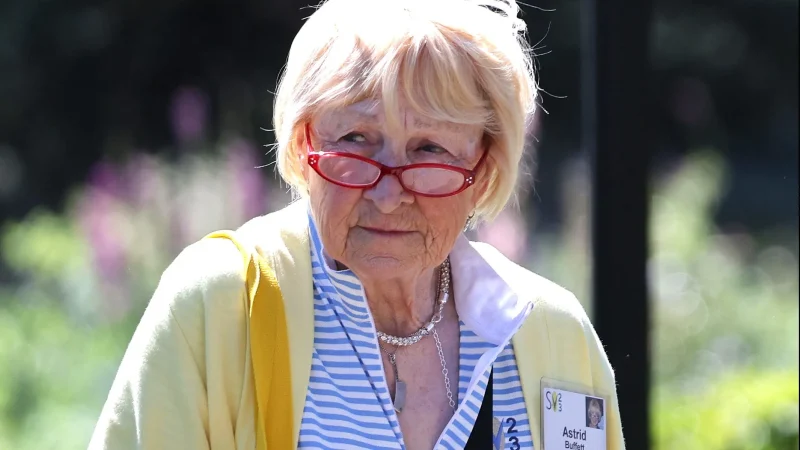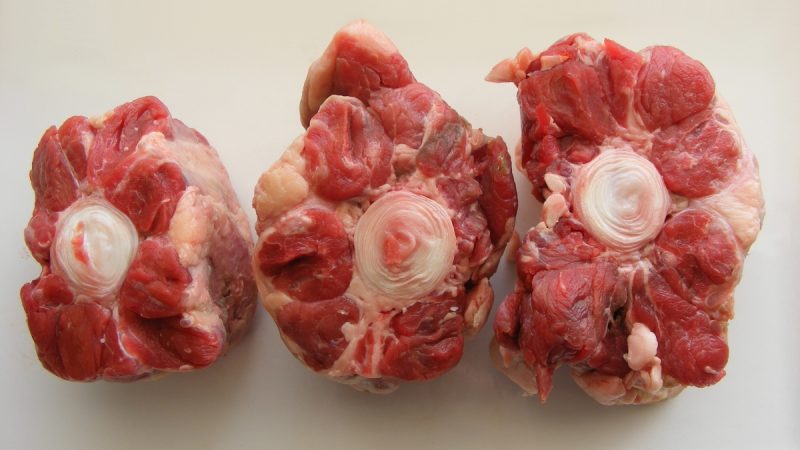Who Invented Hot Cheetos? The Story Behind the Iconic Snack

red powder and crunchy texture, this beloved snack has evolved from a simple idea into a cultural phenomenon. But who is the person behind this iconic creation? The answer lies in the ingenuity of one man: Richard Montañez, a former janitor at Frito-Lay, who turned his idea into one of the most popular snack products in the world.
Table of Contents
ToggleThe Origins of Hot Cheetos
The story of Hot Cheetos is rooted in Richard Montañez’s life experiences and his unique connection to the snack industry. Montañez, who grew up in a Mexican-American family in a working-class neighborhood, had a passion for food and a strong desire to make something of himself. But it wasn’t until he worked as a janitor at the Frito-Lay plant in Rancho Cucamonga, California, that he would have the opportunity to change his life — and the snack industry — forever.
In the 1970s, Frito-Lay was already a well-established company, famous for its potato chips and Cheetos, the crunchy cheese-flavored snack. However, they had yet to create a product that catered to the tastes of the growing Hispanic demographic in the United States, particularly those who loved the bold flavors of Mexican cuisine, which often incorporates spicy elements. Montañez, a member of that very community, noticed that there was a lack of representation in the snack aisle for those who preferred the spicy, tangy flavors that he was familiar with in his culture.
The Spark of Inspiration
The idea for Hot Cheetos came to Montañez while he was working as a janitor at the Frito-Lay plant. He was cleaning one day when he saw a batch of plain, unseasoned Cheetos passing through the production line. This sight triggered an idea: what if he could add his own twist to the snack by creating a spicy version?
Inspired by the chili powder and hot spices commonly used in Mexican cuisine, Montañez decided to experiment with flavoring the Cheetos himself. At the time, he didn’t have any formal culinary training or experience in food development. However, Montañez was determined to make his idea a reality. He took some chili powder, lemon juice, and other ingredients from his home kitchen and mixed them together, creating a spicy seasoning that he thought would perfectly complement the crunch of the classic Cheetos.
Bringing the Idea to Life
Montañez didn’t have an easy road ahead. Without any official training or resources from Frito-Lay, he knew that convincing his superiors to listen to his idea would be a challenge. But he was motivated by his passion for food and his belief that he could create something that would appeal to a new market.
After perfecting his seasoning mix, Montañez went above and beyond to bring his idea to life. He took a bag of the unseasoned Cheetos and applied his homemade seasoning to the chips. He then put the snack in a bag and decided to take a bold step — he personally pitched the idea to Frito-Lay’s top executives, including the company’s CEO, at a meeting. Montañez was nervous but persistent. He shared his vision for a spicy, flavorful snack that would resonate with Hispanic consumers and capture a new audience for the company.
At first, Montañez’s pitch was met with skepticism. After all, he was a janitor, not a product developer or marketer. However, his passion for the product and his willingness to go the extra mile made an impression on the executives. Frito-Lay decided to give Montañez’s idea a chance. They invited him to work with their product development team to refine the Hot Cheetos recipe and test the snack’s potential in the market.
The Launch of Hot Cheetos
In 1992, after months of development and testing, Hot Cheetos were officially launched. The snack quickly became a hit, appealing not only to Hispanic consumers but to anyone who enjoyed a bold, spicy flavor. The combination of crunchy Cheetos with the tangy heat of chili powder created a unique snack experience that was unlike anything else on the market.
The success of Hot Cheetos was immediate, and Frito-Lay quickly recognized the potential of the product. Hot Cheetos quickly became one of the company’s most popular products, driving significant sales and gaining a loyal fanbase. Over time, the brand expanded its range, introducing various variations of the snack, including Flamin’ Hot Cheetos, Cheetos Puffs with a spicy twist, and even Cheetos Popcorn.
The Cultural Impact of Hot Cheetos
The launch of Hot Cheetos did more than just make a successful snack. It also had a profound cultural impact. The spicy snack became a symbol of Latino culture in the U.S., and it soon found its way into the mainstream, transcending cultural boundaries. Hot Cheetos became not just a snack but a part of the identity for many young people, particularly in communities with large Latino populations.
Over the years, Hot Cheetos have been incorporated into a variety of trends and memes, often referenced in popular culture and social media. From Cheetos-filled recipes to custom Hot Cheetos merchandise, the snack’s influence has only grown. Montañez’s creation became an iconic symbol of how food can shape identity and bring people together through shared experiences and flavors.
In addition to their cultural significance, Hot Cheetos also played a role in changing the snack industry. The rise of spicy, bold-flavored snacks coincided with a broader trend of increasing demand for more intense, adventurous flavors. Hot Cheetos helped pave the way for a variety of other spicy snacks and flavors, influencing not only the snack market but also the larger food industry.
Richard Montañez’s Legacy
Richard Montañez’s success story is one of perseverance and creativity. From a janitor to the inventor of one of the most popular snack products in the world, Montañez’s journey is an inspiring tale of how an individual with no formal training or resources can change an entire industry. His story also highlights the importance of representation in the food industry and how understanding the tastes and preferences of different cultural groups can lead to innovation.
Montañez’s role in the creation of Hot Cheetos was officially recognized by Frito-Lay, and he became a celebrated figure within the company. Over time, he worked his way up within Frito-Lay, taking on a leadership role in the company’s marketing and product development efforts. In addition to his success in the snack industry, Montañez became a motivational speaker and an advocate for diversity and inclusion in the corporate world.
His journey was not just about creating a successful product but also about breaking barriers and proving that anyone, regardless of their background, can make an impact. Montañez’s story has been shared in books, documentaries, and interviews, inspiring countless individuals to pursue their dreams and embrace their cultural heritage.
The Controversy Surrounding Montañez’s Story
Despite the widespread belief that Montañez invented Hot Cheetos, there has been some controversy surrounding his claims. In 2021, reports surfaced suggesting that Frito-Lay had been involved in the development of Hot Cheetos long before Montañez’s involvement. Some sources indicated that the creation of Hot Cheetos was the work of a team of product developers, and Montañez’s role was more as a promoter and advocate for the product within the company.
Montañez has stood by his story, asserting that he played a pivotal role in the creation and marketing of Hot Cheetos. Regardless of the precise details of his involvement, his narrative has resonated with many people, particularly those who see him as a symbol of entrepreneurship and innovation.
Conclusion
The invention of Hot Cheetos is more than just the creation of a spicy snack — it is the story of perseverance, creativity, and cultural influence. Richard Montañez’s journey from janitor to entrepreneur reflects the power of a great idea and the impact it can have on the world. Hot Cheetos continues to be a beloved snack enjoyed by millions, and its legacy is a testament to the enduring power of innovation in shaping both food culture and the broader consumer market.





